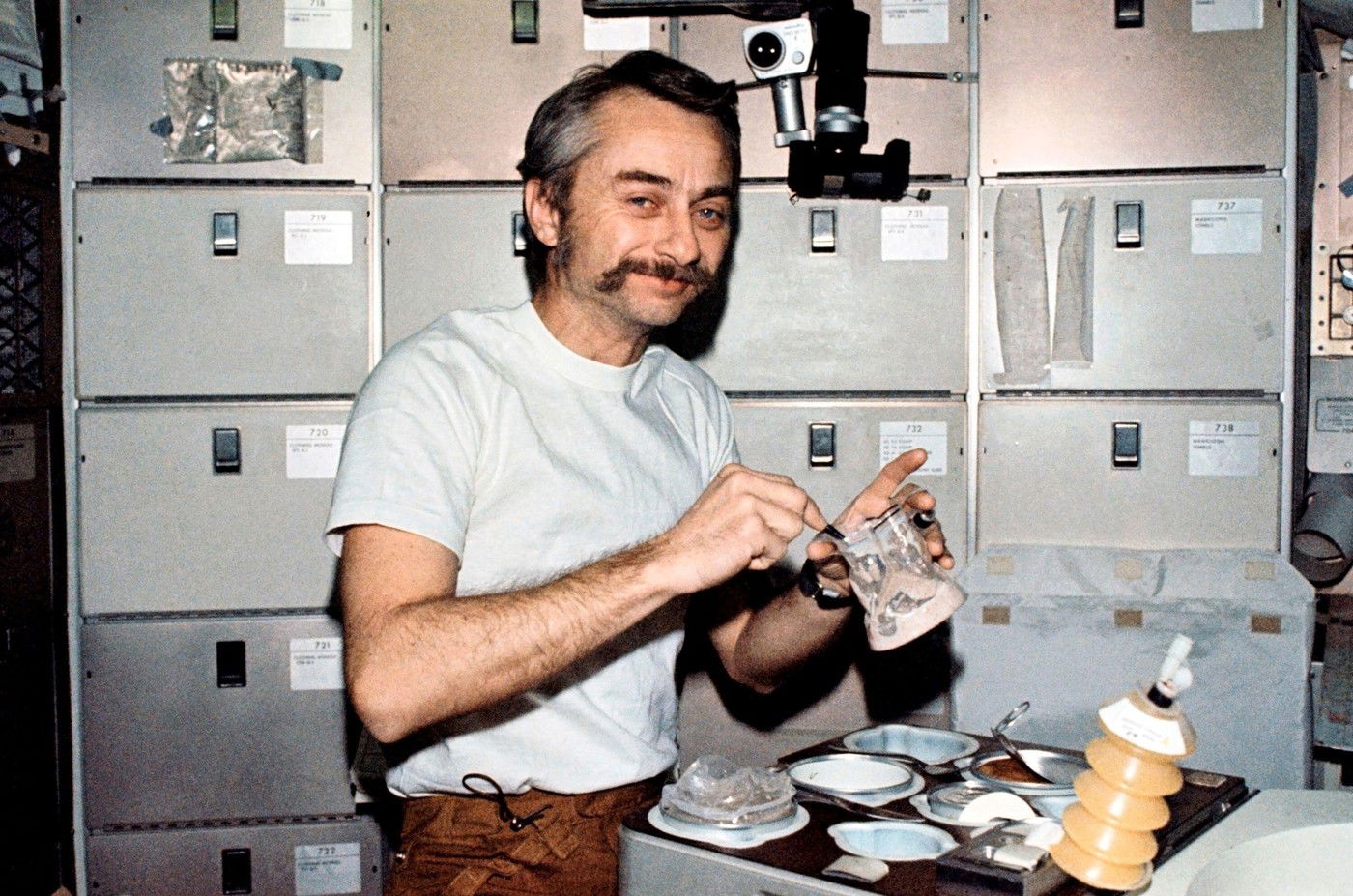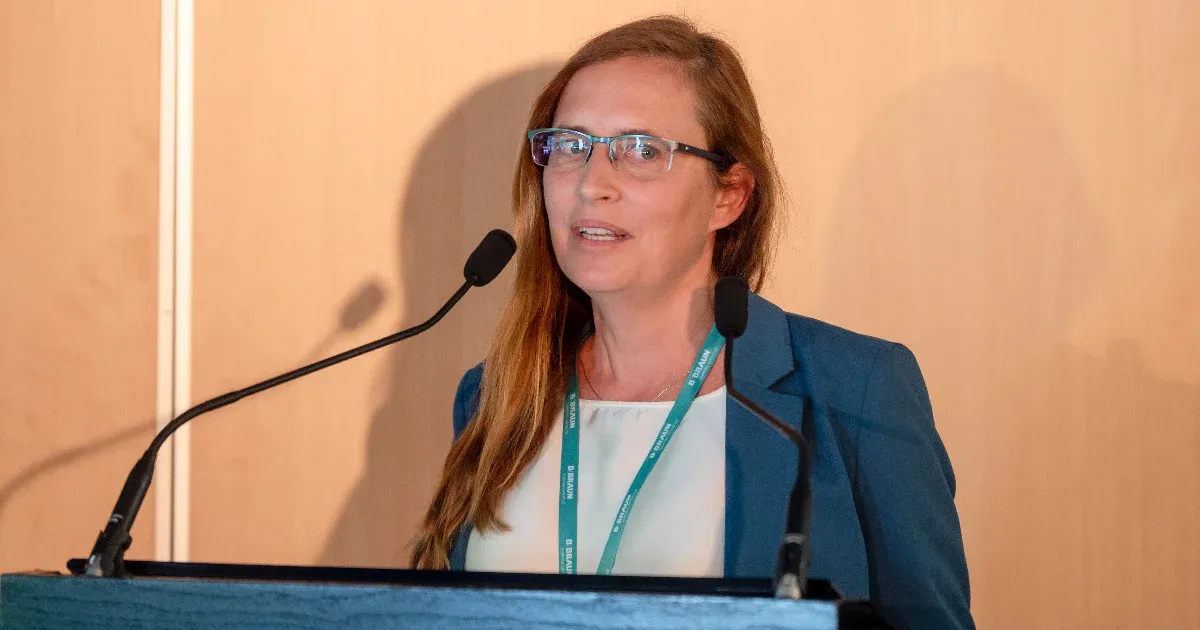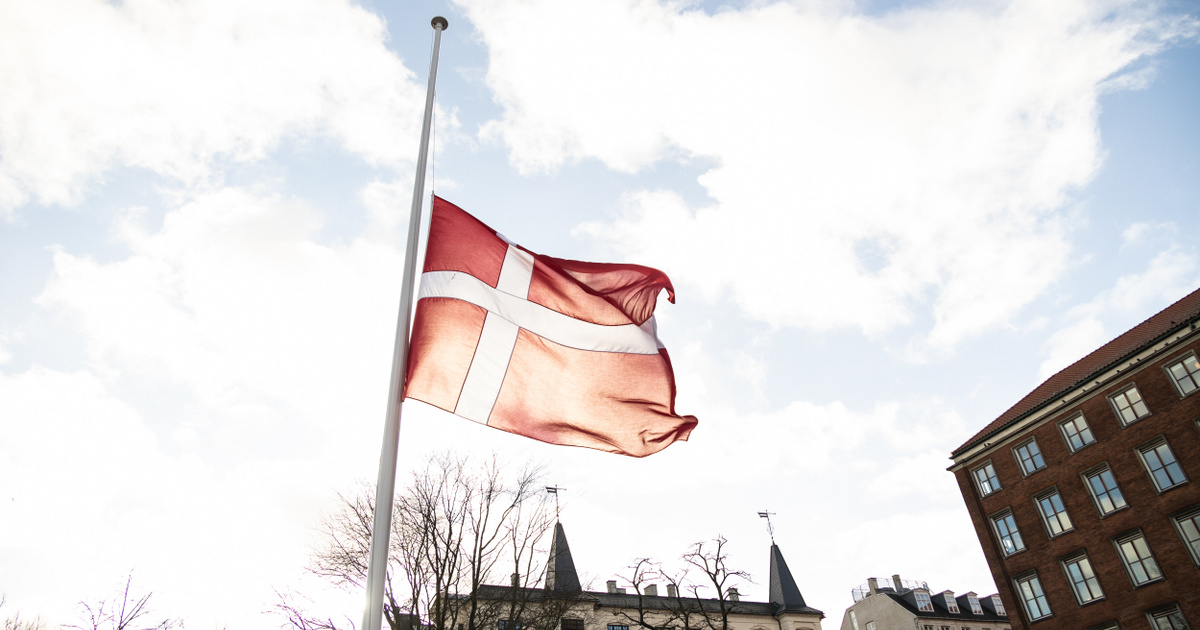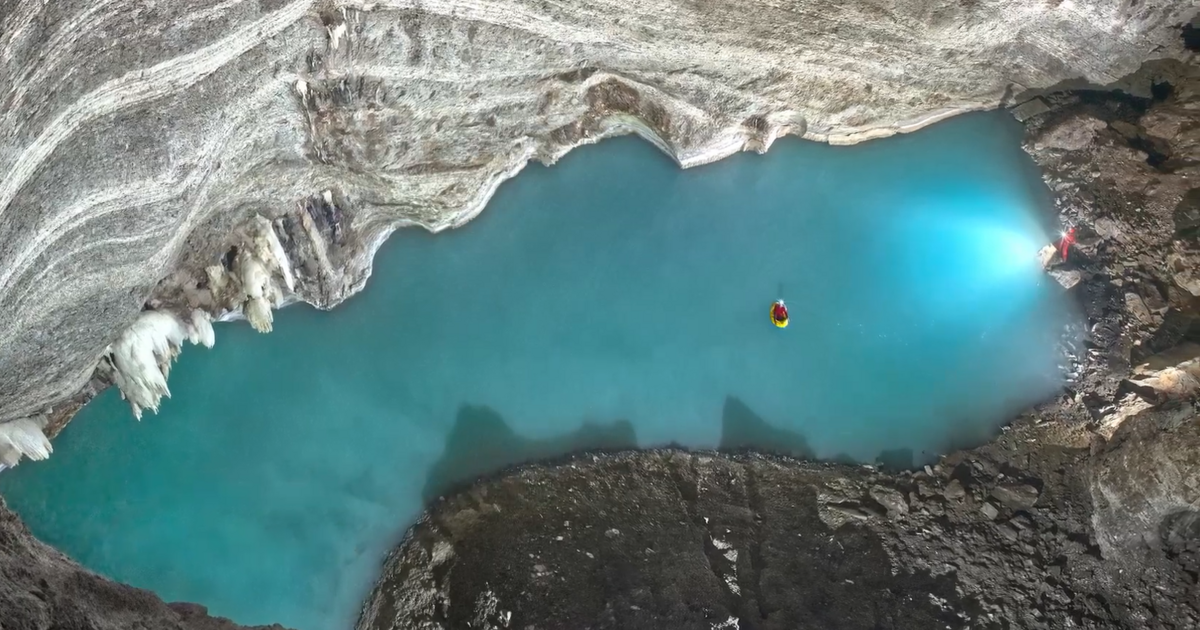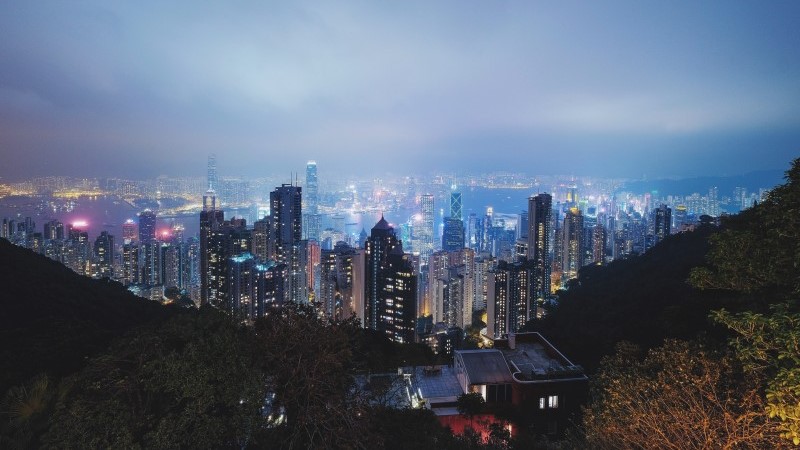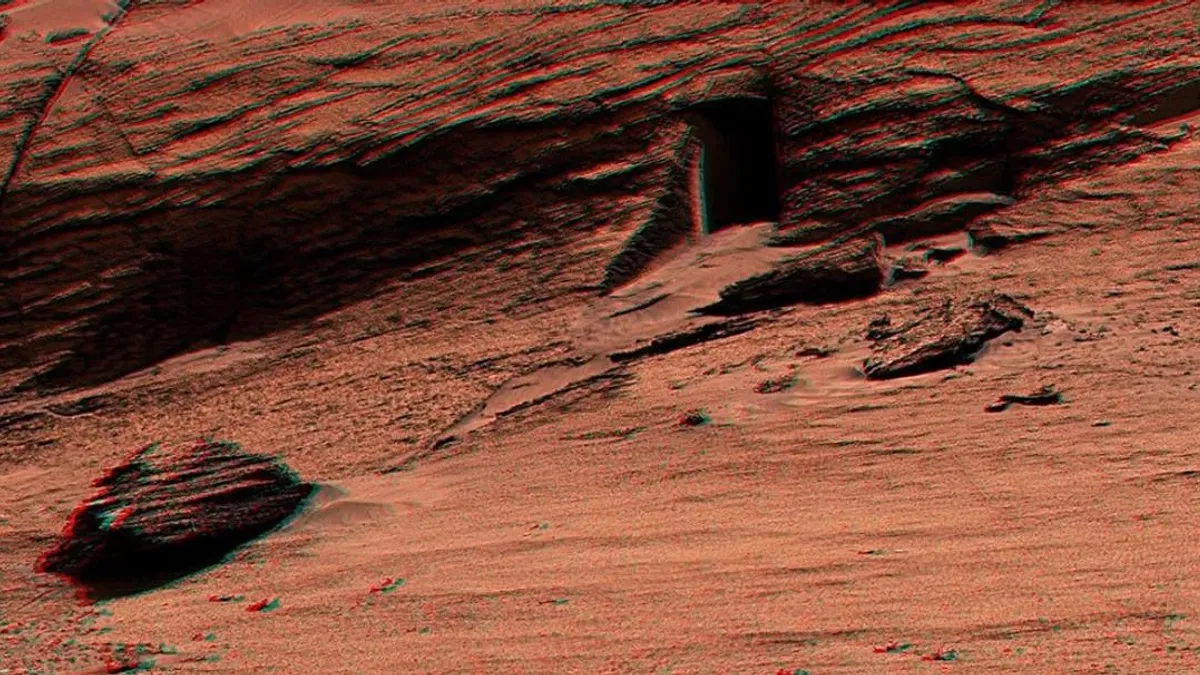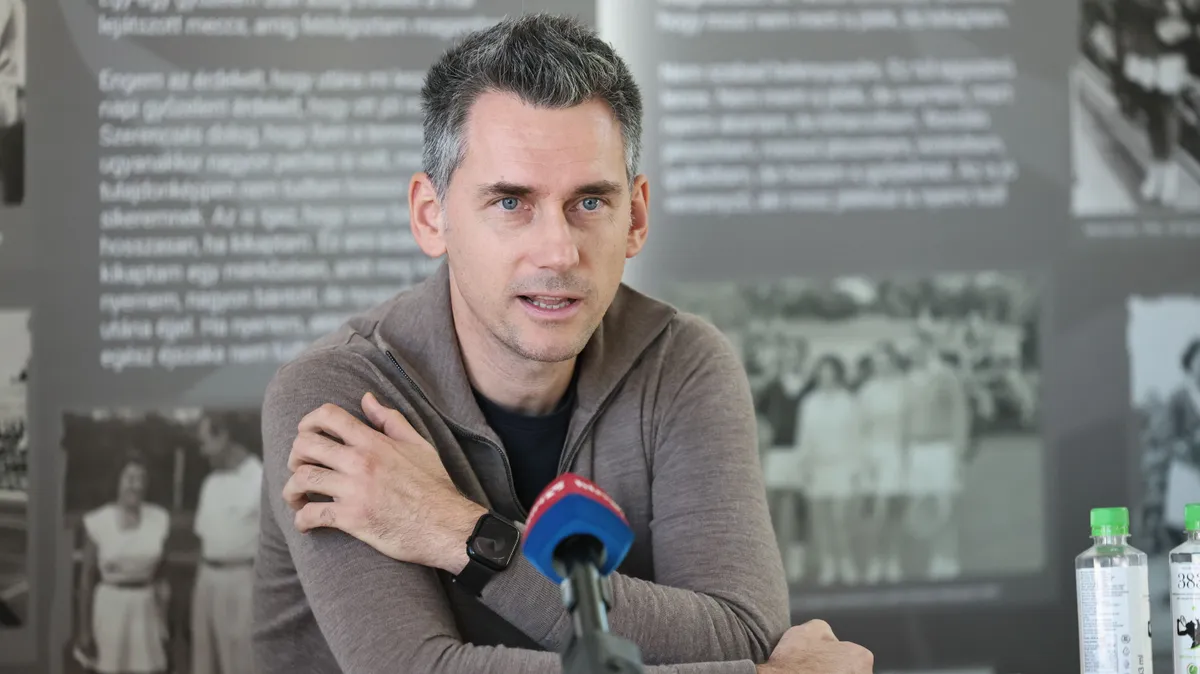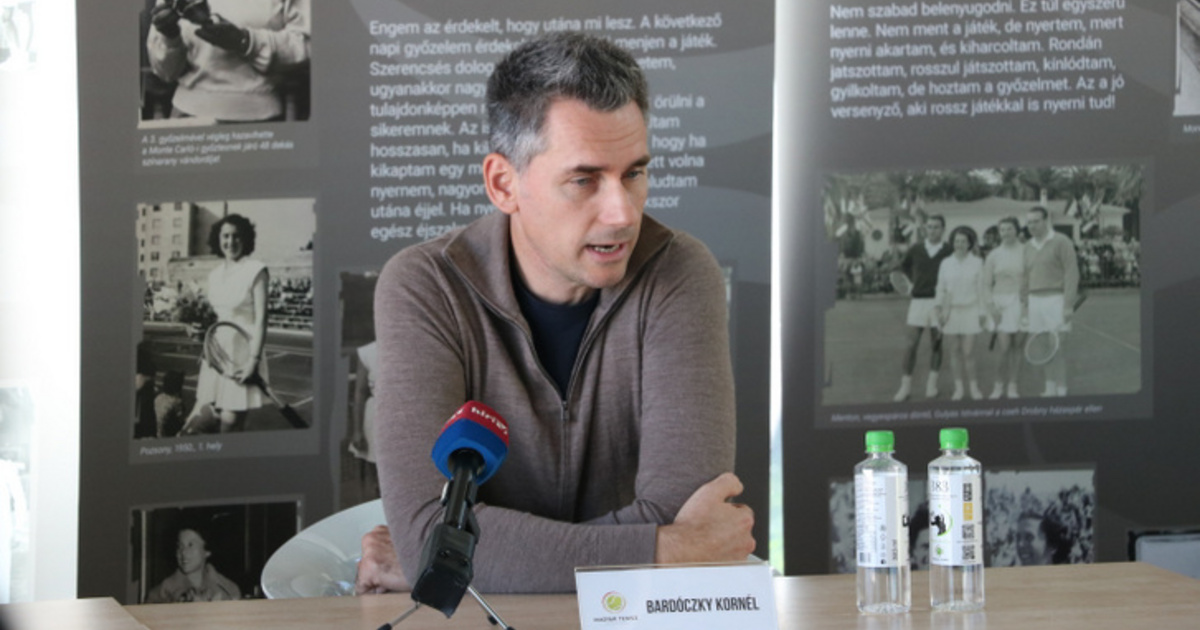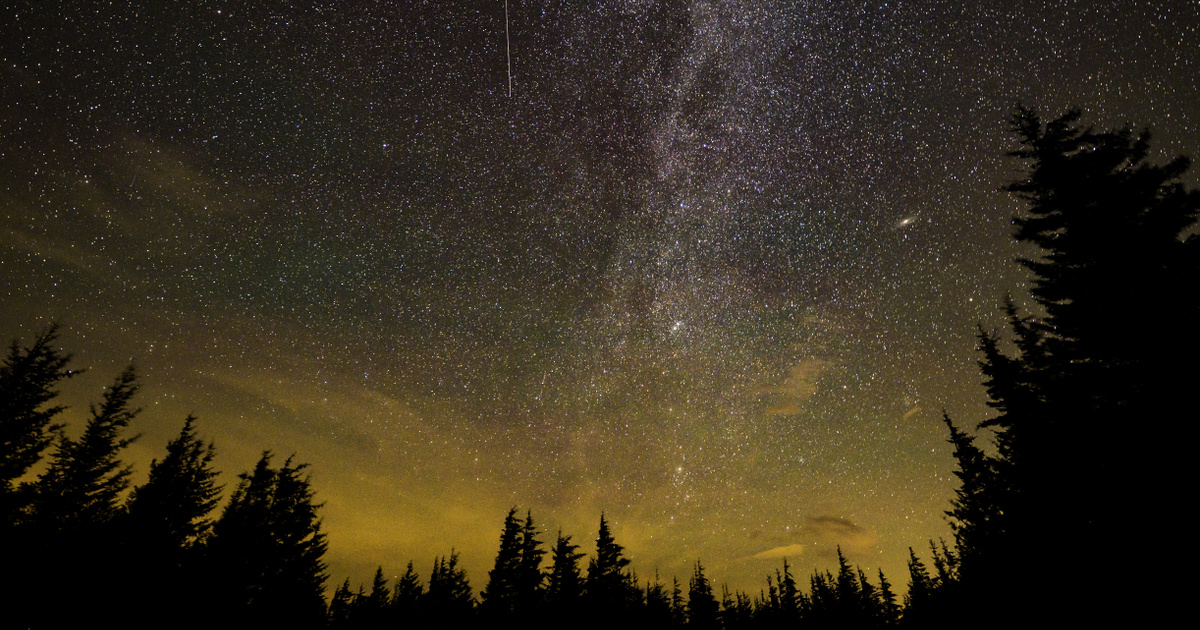In order to imagine the location of the point of Nemo, we must first familiarize ourselves with the geographical term called pole of inaccessibility. If we take the Earth as a basis, then the pole of inaccessibility is the point from which the sea is farthest. In the case of Asia, this location is west of Mongolia and about 2,500 km from the nearest coast. In the case of Africa, the distance is 1,814 kilometres. The most interesting point of inaccessibility is Antarctica: since the South Pole was already discovered, Soviet explorers discovered columnHe was caught and marked with a bust of Vladimir Ilyich Lenin facing Moscow.
However, there is no inaccessible pole not only on land, but also in the ocean: everyone who falls into the water here has to swim longer to the nearest land. This is Point Nemo, five thousand kilometers east of New Zealand.
This column was defined and named by Croatian-Canadian architect Hrvoj Lukatila in 1992 after the main character in his favorite childhood novel by Gyula Verne, Captain Growth. Motonui of the Easter Islands, uninhabited rock of the Pitcairn Islands, and Maher Island in Antarctica are both 2,688 kilometers from here.
Nemo Pole is very far from everything, in time, the International Space Station, orbiting at an altitude of 400 km, is the closest human settlement. This brings us to one of the site’s special purposes: it’s the only space cemetery on Earth.
Space stations at sea
At least 263 different spacecraft have crashed in this region since 1971. The American Skylab, the Chinese Tienkung-1, the former Soviet Union space stations, Mir and six other Salyuts, along with more than a hundred cargo spacecraft loaded with scrap, the European Space Agency and the European Space Agency Japanese aerospace, cargo spacecraft. The SpaceX Falcon-9 rests here. To rest in a space cemetery, the device must be large enough not to burn up in the atmosphere.
At the end of its work, the pieces of the International Space Station will arrive here sometime after 2030.
Although, according to the United Nations Space Convention, it is the responsibility of the countries that send them to clean up objects that fall from space, to comply with this, or Drops Even to assess the environmental damage caused by hydrazine seepage from the wreckage, Némó is not sufficiently accessible, or at least getting there and cleaning it up would involve more contamination than leaving it as a space cemetery. Treasure hunters also have to face a serious challenge here: 22 million square kilometers of ocean with an average depth of 4,000 meters.







